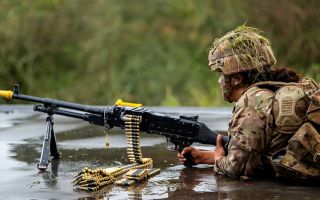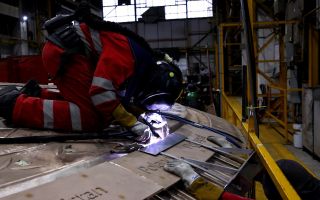Exclusive: Behind the scenes at US Military Mule School where mules out-perform modern tech
When it comes to carrying troops and equipment, nothing beats the mighty mule. Depending on the terrain of the battlefield, animals can get troops, weapons and supplies to places that vehicles and helicopters can’t always easily reach.
That’s why the art of Animal Packing is alive and well at the US Marine Corps Mountain Warfare Center in California.
It’s the only place in the US Department of Defense where personnel from across their forces can learn how to do this. BFBS Forces News benefitted from an exclusive look at this important training facility during our recent embed on Exercise Green Dagger.
Horse soldiers throughout history
Using horses and mules was revived during the war in Afghanistan – the first time US troops had used horses in combat since 1942.
The Response Monument located in Liberty Park at the World Trade Center in New York represents the US Special Forces who were on the ground in Afghanistan in the early stages following the 9/11 attacks.
It was the use of horses that proved pivotal in crossing the rugged terrain. The mounted troops became known as the "horse soldiers", whose story was told in the film 12 Strong starring Chris Hemsworth.
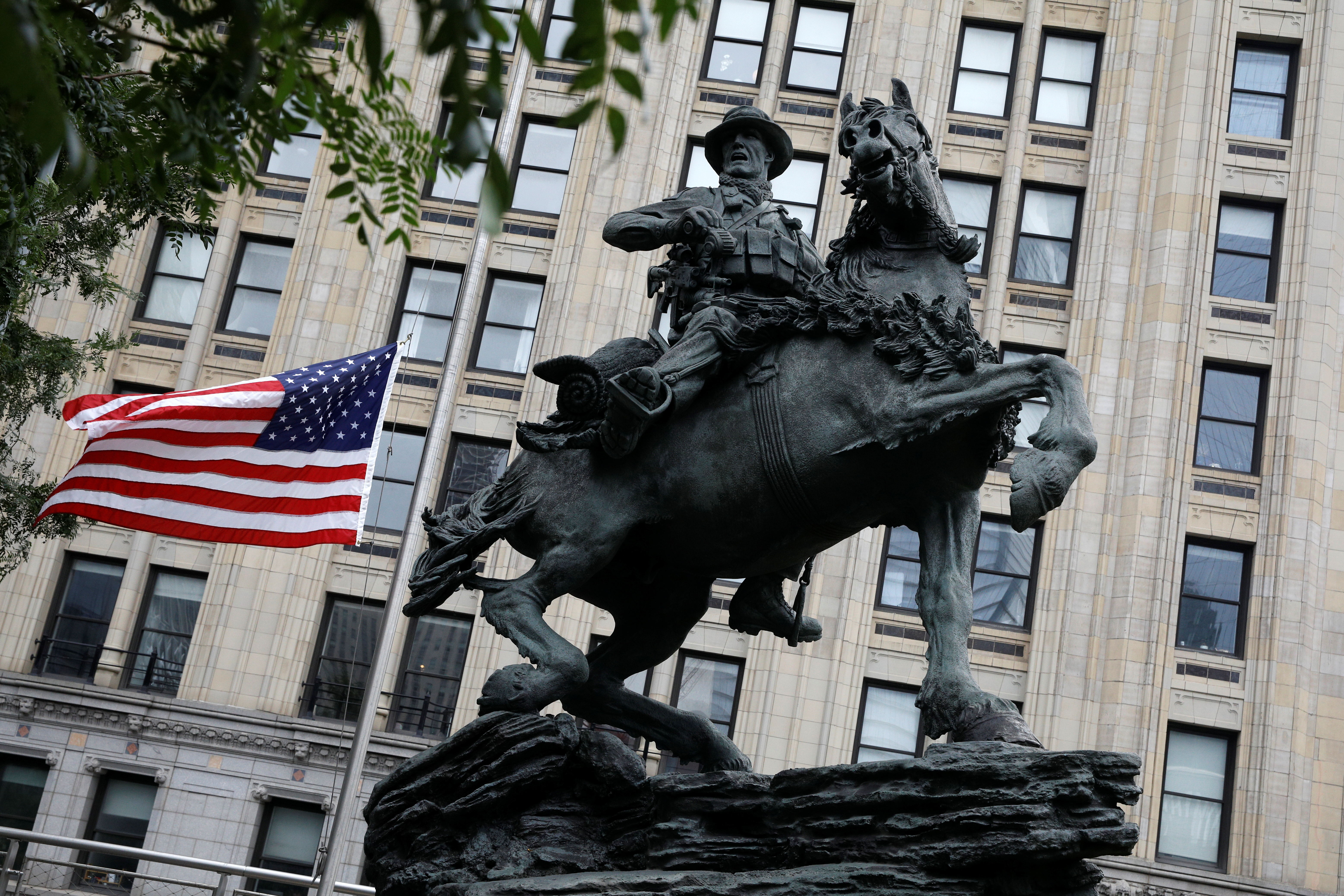
Staff Sergeant Stein is the Course Chief for the Animal Packers Course at the training centre.
"They used these horses to transport equipment, supplies, obviously themselves, and expanded their capability in really rugged and environmentally dangerous terrain," he said.
"These animals allowed them to get heavy communications equipment, targeting equipment and other essential supplies in order to combat the Taliban at the time.
"There's been books written about it, there's a movie about it, as well. So it's a pretty significant use of pack animals in that situation."

Four-legged Jeeps
"We live in a very mechanised age," SSgt Stein explained. "We live in a very modern, drone-system-orientated world. Everyone has an iPad, we're all using our phones to communicate.
"But this is bringing it back to pre-Civil War… We're using animals that have existed throughout time to do the exact same tasks that they've been doing through the American Civil War, through World War One, through World War Two.
"These animals multiply our capability," he told BFBS Forces News.
Mules were referred to as four-legged Jeeps during the Second World War because they were so reliable and robust.
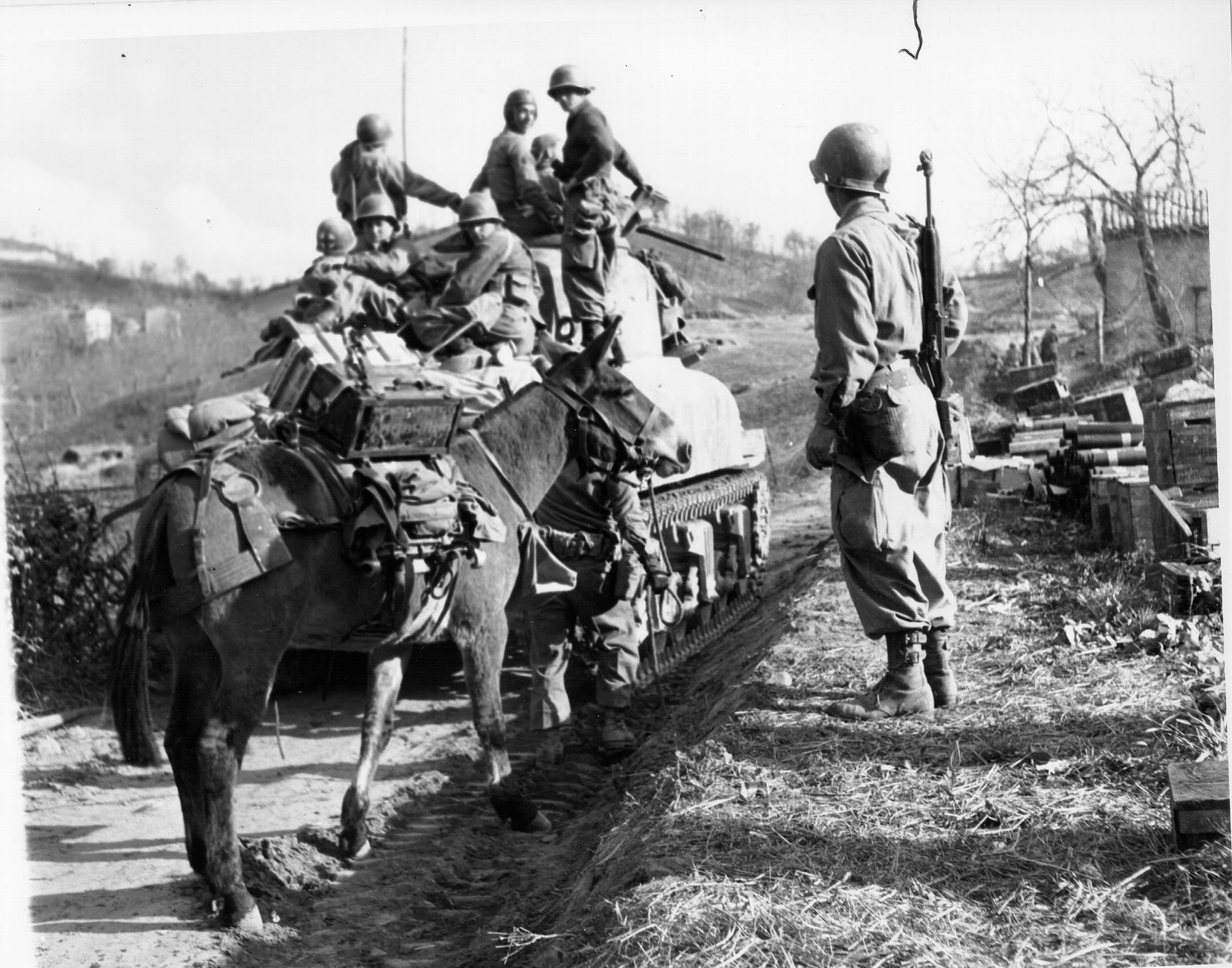
Chief Officer 3 Cole Bumsted is from 3rd Maintenance Battalion, 3rd Marine Logistics Group. He travelled from Okinawa to take the course.
"This is definitely a back pocket capability," he said. "We just never know where we're going to fight, where we're going to be and how we're going to be.
"We're not always going to have fuel, not always going to have trucks, an ability to move large loads of cargo or whatever it is."
Royal Marines benefit from training
Several Royal Marines are getting the chance to join the two-week course, including Marine Archie Salfairso from Commando Logistic Regiment. He never thought when he signed up to be a Royal Marine that he'd end up in California training to pack mules and horses.
"It's actually been a really, really good course so far," he told BFBS Forces News.
"I've met probably about five different mules, and each one has been different. That's what the instructors want us to do.
"They want us to learn how to deal with each type of mule, aggressive, calm, big, small – all different types – and get that experience."
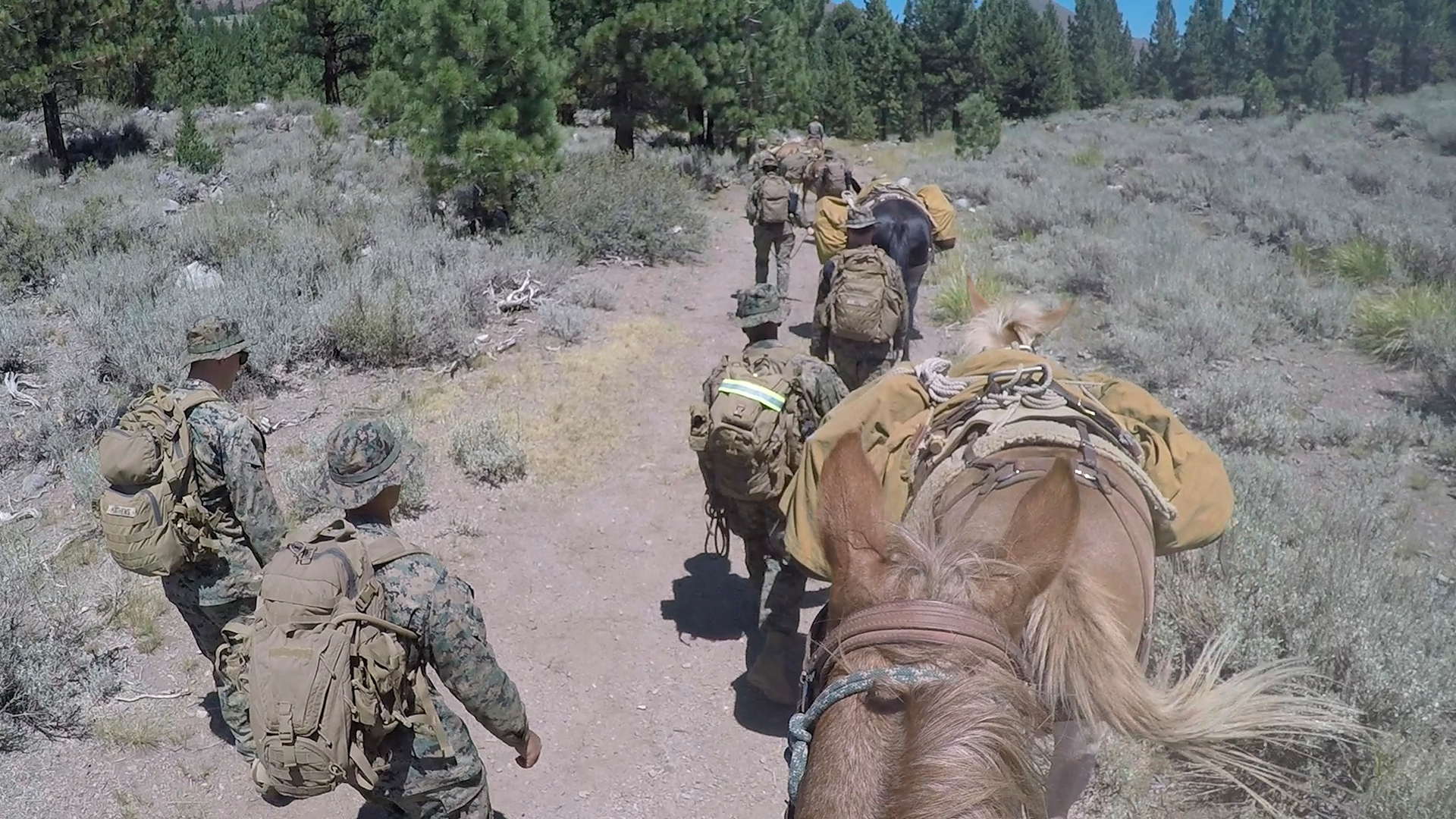
We treat them as if they are Marines
There are strict rules about how much the mules are allowed to carry – no more than 35% of their body weight.
"We treat them as if they are Marines," SSgt Stein said. "We are not going to allow any mistreatment of them or cruelty – we take care of our animals."
Knowing how to do this, should it ever be needed, and preserving these skills is clearly something the US Marine Corps are prioritising. Depending on what conflicts lie ahead, they don't want to be caught out by forgetting the basics.




